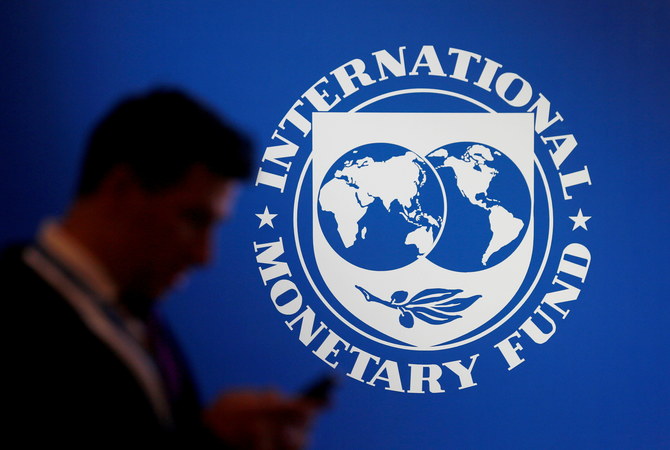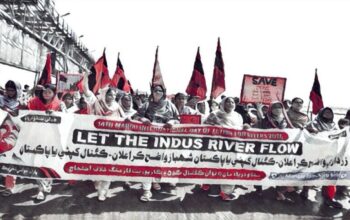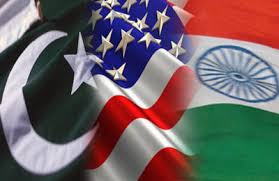By Staff Reporter
ISLAMABAD: Pakistan has to defend over $900 million recently announced gas and electricity subsidy package for exporters during the upcoming International Monetary Fund (IMF) programme review meeting scheduled next month, officials said, hoping the country doesn’t see a halt it faced earlier this year due to a similar unbudgeted subsidy given by the previous PTI government.
An IMF mission is due to arrive in Pakistan in November to start discussions over policies for completing the ninth review of the country’s $7.2 billion Extended Fund Facility (EFF).
Newly appointed finance minister Ishaq Dar earlier this month announced a cut in RLNG and electricity prices for five export-oriented sectors with the price differential being covered by the government.
The government reviews the special energy rates granted to the textile industry each year, considering prices offered by its competitors in the region.
Energy rates for textile exports have been fixed in rupees at Rs19.99 per unit, despite global shortages and rising prices.
The subsidized tariff of electricity would cost the government Rs80 to Rs100 billion costs in the current fiscal year.
Analysts believe that the government will have to bear the burden of doling out around Rs200 billion for subsidized electricity and RLNG for especially the influential textile lobby.
They said the IMF may not be at ease with the recent government move for the exports sector.
The IMF suspended the bailout programme earlier this year after the then prime minister Imran Khan, extended unfunded subsidies for the oil and power sectors.
The crucial loan programme was on halt when the PTI-led government announced similar energy subsidies of more than $2 billion in its last days in power.
Needing to get back in the IMF’s good graces, the government, led by Shehbaz Sharif, had removed the subsidies to adjust the government’s fiscal deficit. The move led to disbursement of a much-needed $1.17 billion IMF tranche in August.
Official documents showed that the government provided regionally competitive energy tariffs i.e., electricity at US cents 7.5 per kWh during January-August 2019 to 2021 and US cents 9 per kWh during September-June 2021-22 and RLNG at 56.5 per MMBtu during September-June 2018-22 to export oriented sectors with an objective to keep them internationally competitive by reducing cost of manufacturing to boost exports.
Such measures including others provided a launching pad to export-oriented sectors and resultantly Pakistan’s exports reached a historical high level at $31.8 billion in FY 2021-22 as compared with the preceding years.
Copyright © 2021 Independent Pakistan | All rights reserved




